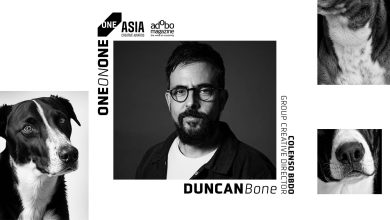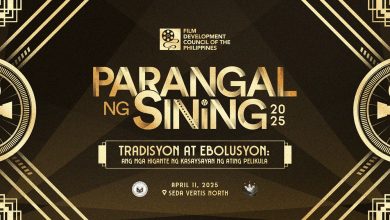RHODE ISLAND, USA — Fresh off her recent win for Best Cinematography at the Prague Music Video Awards, Filipina filmmaker Satya Sullivan broke down the many creative choices that led to the recognition in an exclusive interview with adobo Magazine.
Satya won the award for her work as Director of Photography on Stripes, a music video by artist Quinn Bentley and director Sarah Menasce. The video details the inevitable ego breakdown that occurs when young people are left without adequate coping mechanisms, told evocatively in Satya’s fluid, sometimes visceral visual language. Aside from its win at Prague, Stripes was also an official selection at the 2024 Atlanta Film Festival, as well as a finalist for Best Music Video Cinematography at the 2023 Canadian Cinematography Awards.
Born and raised in the Philippines, Satya found her way to Rhode Island after an encounter at the Hong Kong campus of the Savannah College of Art and Design. A conversation with someone from the school’s film department convinced her to shift from pursuing a degree in fashion marketing to getting one in environmental filmmaking at the school’s Savannah, Georgia campus. She would eventually find work at a studio in Rhode Island, where she is also currently working on her Master’s in Marine Affairs, with her thesis being a documentary on the state’s seafood network.
Here, in Satya’s own words, is the story behind the award-winning creative choices made on Stripes:

“We shot [the opening scene] at an Airbnb. Everything you see there — minus the walls, obviously — we put there. We gutted it. We moved all the furniture out of the Airbnb.”
“If people are new to film, they want everything to look clean. But when you’re shooting like a house scene […] the way you’re gonna design it in itself needs to really convey a message. We wanted to make it feel grainy, lived in, you know, just like… debauchery.”
“We had this tiny dolly crane, so, in the first scene, it’s going up. It’s very, a very, very subtle movement, but that movement is supposed to tell you, okay, something’s about to happen. This is like the start, like a rollercoaster […] this is very subtle. It’s like you’re about to get into this world, and you don’t even know what’s coming.”
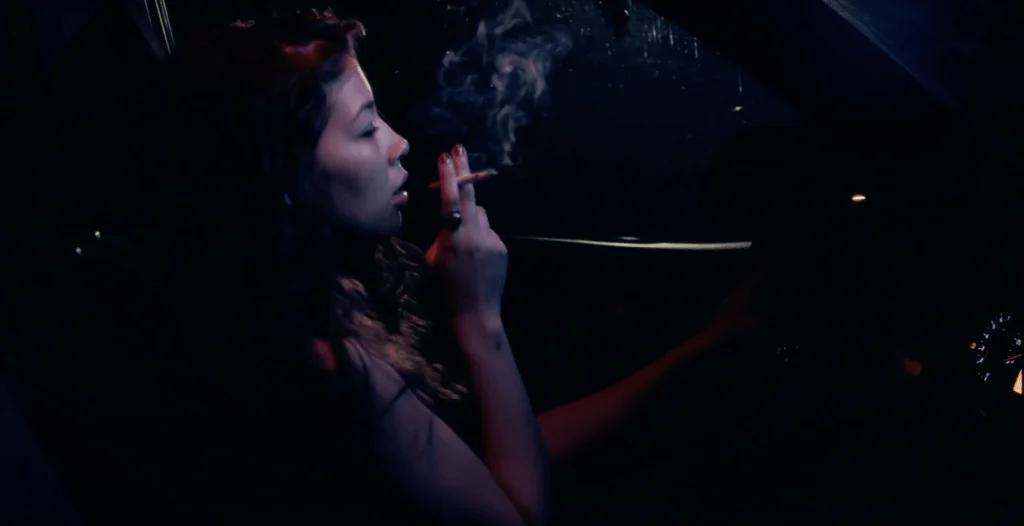
“Initially, we were thinking of doing the poor man’s process [for the car scene]. When you’re filming a car scene, the poor man’s process, which is honestly, if you think about it, it’s not really a poor man’s because it takes more financial resources to do, we were going to do the poor man’s process where the car is not moving, and you have a projector, and the projector is making it seem like it’s moving. And you’re using technical lights, turning it on and off to make it seem like it’s passing.”
“It was just getting difficult. So we decided, you know what, we’re going to get a car rig. It’s my favorite because it was fun to make. It was good problem-solving. I love getting challenged because we had to light the car. I’ve never done a car scene. So, a lot of camera and lighting tests, a lot of experimentation, a lot of prep work.”

“If you look at the color wheel, even now, it’s like red and blue, or red then like coral orange, in the color wheel. It’s like opposite each other, you know, so it’s like that opposing conflict. This is just about conflict. It’s about, like, fast movements and very punchy. That’s how we chose the color for this scene.”
“Let’s see the wide shot where you can see the singer; it’s more red because he’s supposed to be almost like [the protagonist’s] inner demon. She’s bluer, and when you see the wide shot, he’s at the back. It’s like the light that’s on top of him. It’s lighting him in a very nefarious way. And you see her she’s not in focus, but it’s so blue and sad at the same time.”
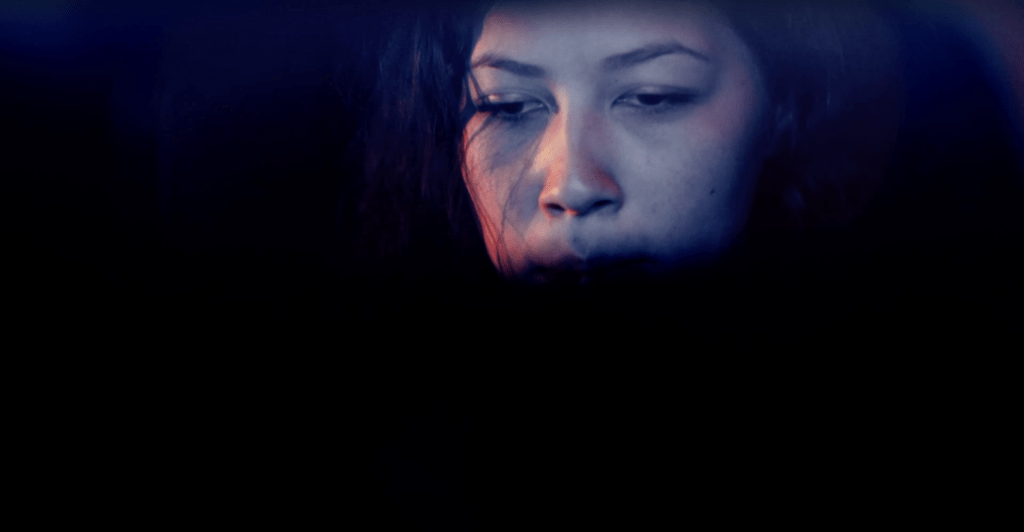
“When you’re doing car scenes, there’s not a lot of space. In terms of choices, it’s harder to be intentional.”
“It’s such a confined space, and the camera we’re using is like a cinema camera, so even that is bulky. The main priority was slicing her face, and getting the eyes and just like, if not the full head at least like this part, we need to show that she’s anxious. We need the eyes specifically. We did a shot where it was closer up, so you could see more of the eyes. But that didn’t, at least in the editing, feel right. We needed her full face.”
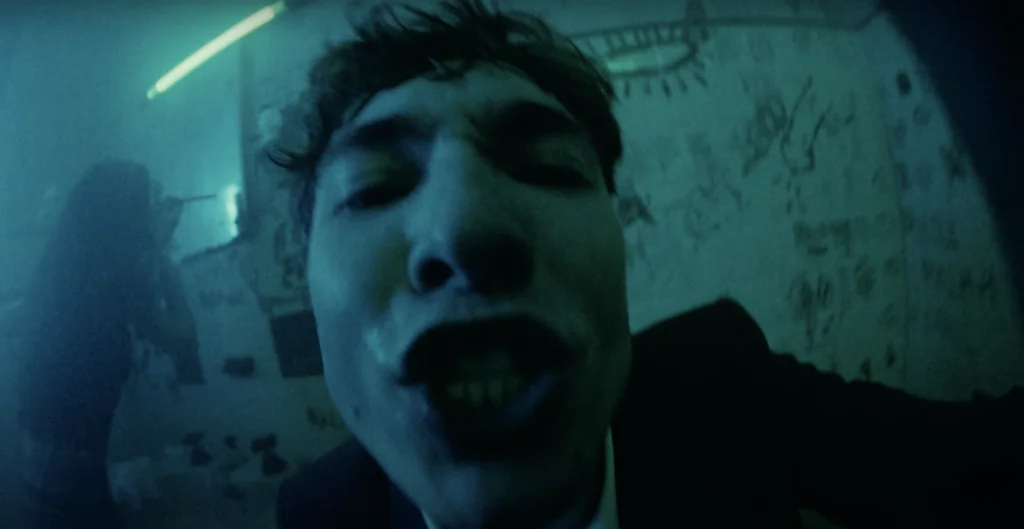
“The bathroom scene when the lighting is cool, like blue and green; that lighting is inspired by Ozark’s. It’s so cool in Ozark. That was fun because [in] the movements there, I had a shoulder rig and there are movements when Quinn is physically moving me. He’s interacting with a camera. It’s almost like a 4D experience.”
“This was fun because we only used two lights for the scene […] sticking to that blue-greenish color spectrum. Blue, kind of like night. We also wanted the green for the grunge. Going back through Ozark or even Joker — Joker had that bathroom scene, which was a bit greenish, so it was almost like taking inspiration. It’s almost a similar emotion that I think of with Joker and this where it’s oh-so-angsty and uncomfortable, but also visually stunning so it can make you feel something.”
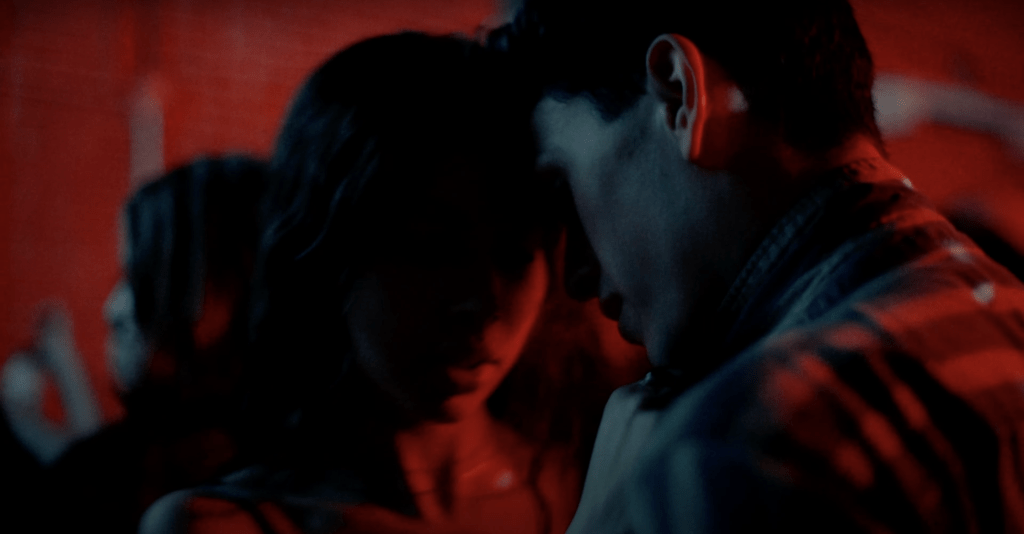
“That [last] part of the song is almost like the drop, and the mood shifts. The word or the phrase that we kept going back to, to anchor ourselves to make sure we’re hitting the goal of the piece, is getting consumed — getting consumed by her thoughts, getting consumed by her physical environment. So the red is almost just like — you know, before it was a bit more balanced, right? Like you’re different colors. Now, she’s totally getting consumed with just that thought of just the demons in her mind.”
“In the end, it’s like [in] the last shot, she burns. Or it’s like almost the film stock burning. It’s like the last shot, and she’s totally consumed.”
To cap off the interview, Satya gave the following advice for other Filipino filmmakers trying their luck at starting their careers abroad: “If you work and if you fight for it, you will get it. You will obtain it. You’ll reach your goal.”
“I’d say it’s like a mix of luck and just how ferocious you can be, and how much you want it, and how much work you can pour into it. Opportunities have been presented, and it packaged itself as luck, but then it’s also what you do with it. People can receive these fortunate gifts, but they don’t do anything with it. So when you are given that opportunity, that blessing, that fortune, you’ve gotta match it with work. Just because you’re lucky once doesn’t mean it’s gonna happen again, so whatever happens that’s unexpected, you’ve really got to put the work in.”





